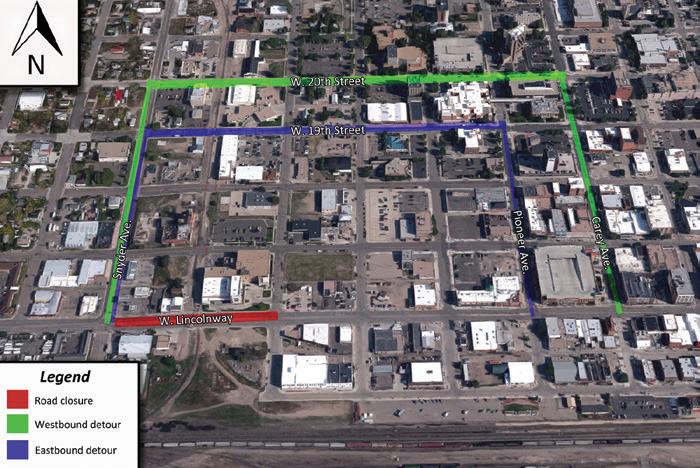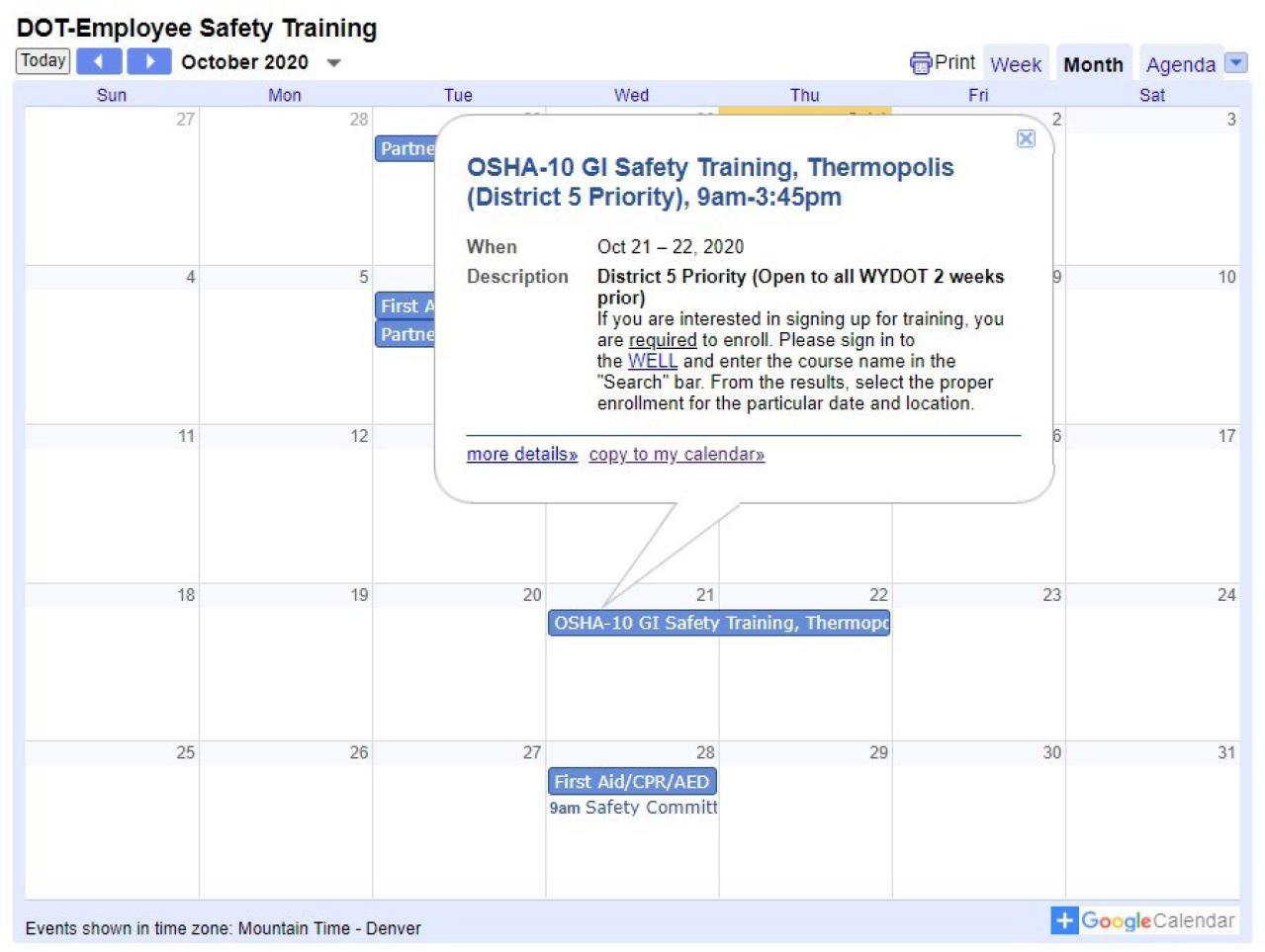Employee Safety What a Job Safety Analysis is and why you need one By Todd Deporter, Employee Safety What is a Job Safety Analysis (JSA) and why do you need one? First, a JSA is a tool you use prior to starting a job or task that identifies the work to be completed. Secondly, you use it to identify the job related hazards to your health and safety and discuss actions to take to eliminate the hazards. A hazard is the potential for harm. In practical terms, a hazard often is associated with a condition or activity that, if left uncontrolled, can result in an injury or illness. Identifying hazards and eliminating or controlling them as early as possible will help prevent injuries and illnesses. At WYDOT, our maintenance, construction, equipment and traffic professionals most frequently use JSAs. Like any organization, WYDOT experiences turnover due to retirements or other departures. When a new employee is hired it may take considerable time and training to get them to the level of the departed experienced worker. This includes knowing about work related hazards. The JSA helps to identify, analyze and record known hazards for particular jobs or work tasks and is available to review prior to beginning work. Each JSA is also unique and focuses on the specific type of work being completed, such as chip sealing. Although chip sealing may seem like an identical process requiring only one JSA, there are differences to be consider. As example, chip sealing on a two-lane county highway has some different hazards then on a four-lane interstate. The differences can include the traffic flow, terrain, expected
12
Interchange
n
December 2020
weather conditions, speed limits and more. These differences are written in separate JSAs and tilted according for future reference. Now that you know what and why the need for a JSA, let us look at how the processes for completing a JSA. WYDOT recognizes the three steps for completing JSAs to include: 1. The steps involved in performing a specific job. Supervisors should involve all employees who routinely conduct the job and include any relevant input into the JSA. Most employees have a unique understanding of the job and this knowledge is invaluable to finding and eliminating hazards. 2. Identify existing or potential safety and health hazards associated with each step. Look at all possible hazards from the equipment you are using to the type of work conditions. These include the working environment, to the experience of the workers, and the resources you have available. 3. Recommended actions or procedures that will eliminate or reduce these hazards and the risk of a workplace injury or illness. Once you identify the hazards, you have to determine how to either eliminate, mitigate or avoid the hazards. The safety Hierarchy of Hazard Controls is a good reference for reviewing your options. PPE should only be considered as the last resort, but if used it should be included in the JSA and made available. JSAs are living documents and are updated as tasks and hazards change. Supervisors are responsible for approved changes and briefing their employees on the changes prior to beginning work. To ensure JSAs are current, the supervisor shall upload the





